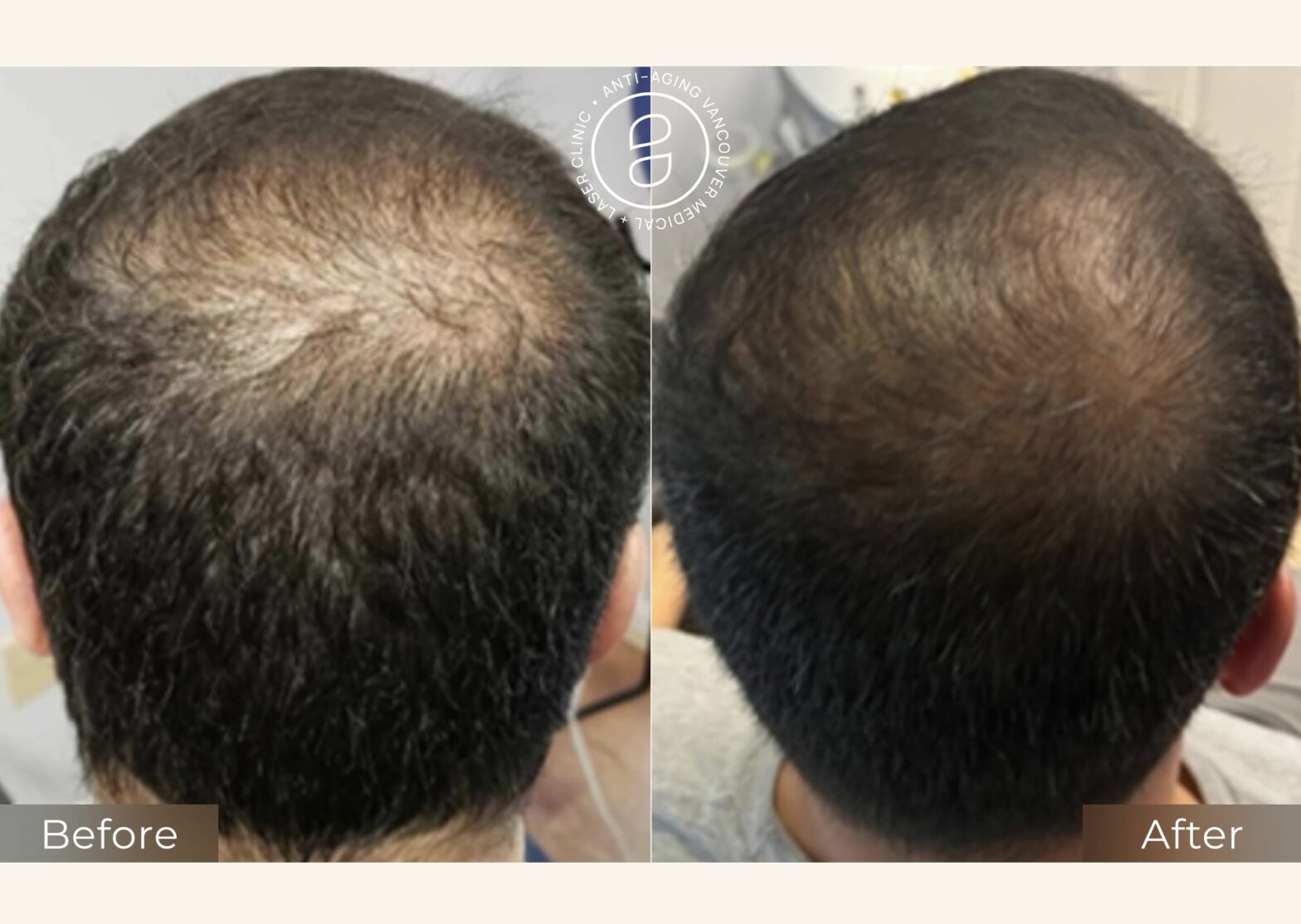

Hair restoration offers hope to anyone struggling with thinning hair or pattern baldness. People often ask if the results are permanent and what to expect in the long term. The truth depends on the method used, individual biology, and how well one maintains scalp health after treatment. Understanding these factors can help set realistic expectations and achieve lasting results.
Hair restoration works by redistributing healthy follicles from one area of the scalp to another. Most treatments target the back or sides of the head, where follicles tend to resist genetic hair loss. When transplanted correctly, these follicles continue growing for years. This natural resistance forms the foundation for lasting outcomes.
Newer technologies have refined the process, reducing recovery time and increasing graft survival. At the ReVIDAlize Center, modern treatments combine scientific precision with patient care to achieve a natural and long-term look.
Not every hair restoration treatment provides permanent results. Surgical hair transplants such as Follicular Unit Extraction (FUE) and Follicular Unit Transplantation (FUT) typically deliver lasting results because transplanted follicles remain genetically resistant to hair loss. Once these follicles take root, they behave like natural hair.
Non-surgical options like platelet-rich plasma therapy, microneedling, and topical treatments may support regrowth but often require ongoing maintenance. The permanence depends on consistent care and the underlying cause of hair loss. Individuals with hormonal imbalances or autoimmune conditions may experience new shedding over time, which can affect the overall appearance.
Genetics plays a significant part in the durability of restored hair. If hair loss runs in your family, new follicles might resist shedding for many years, but native hair around them can continue thinning. Maintaining overall scalp health is key to protecting both transplanted and existing strands.
Good scalp hygiene, a balanced diet, and stress management all contribute to healthier growth cycles. Avoiding harsh chemical products and excessive heat also prevents damage that could shorten the lifespan of new follicles.
Results from a successful hair transplant often last more than a decade. Some patients keep their restored hair for life. Consistent follow-up appointments help track progress and detect early signs of thinning in untreated areas. Early care can slow future loss and protect the initial investment.
Modern treatments like Alma TED Hair Restoration have taken non-invasive hair therapy to a higher level. This technology stimulates dormant follicles using ultrasound-based energy and topical serums, improving growth without needles or surgery. Because it targets both scalp health and follicular vitality, it can enhance the longevity of natural and transplanted hair alike.
Surgical hair restoration involves transplanting follicles into thinning areas. The result looks natural when performed by an experienced specialist. Although it requires initial recovery, the outcome tends to be permanent.
Non-surgical methods focus on nourishing the scalp, awakening dormant follicles, and improving hair density. While they do not transplant new hair, they can maintain and strengthen existing strands. Combining both surgical and non-surgical techniques often yields the most balanced and long-lasting results.
Aftercare determines how long restored hair continues to grow. Patients are typically advised to avoid strenuous activity, direct sunlight, and harsh hair products during early recovery. Regular scalp cleansing and hydration also support follicle health.
A good routine should include gentle shampoos, a nutrient-rich diet, and periodic clinical follow-ups. Many clinics recommend non-invasive treatments such as Alma TED therapy for ongoing maintenance. These sessions can help prevent future thinning and stimulate continued growth around transplanted areas.
Many believe hair transplants guarantee a full head of hair for life. In reality, while transplanted follicles may be permanent, the surrounding hair can still thin over time. Some people may need additional procedures years later to maintain fullness.
Another misconception is that all hair restoration methods offer equal durability. Non-surgical options may need touch-up sessions to sustain visible improvement. Understanding these differences can help patients make informed choices that align with their goals and budget.
Long-term success depends on healthy habits and consistent scalp care. Following the doctor’s advice about post-treatment care, protecting the scalp from UV rays, and managing stress all help maintain growth. Nutritional support through vitamins such as biotin and iron can also play a role.
Lifestyle factors like smoking and poor sleep may hinder blood circulation, limiting nutrient delivery to follicles. Choosing a clinic that provides detailed aftercare guidance makes a measurable difference in the quality and longevity of the results.
Selecting the right clinic is as important as the treatment itself. A qualified specialist should assess the root cause of hair loss, customize the treatment plan, and offer both surgical and non-surgical options. Look for transparency, patient education, and proven results rather than quick promises.
The team at ReVIDAlize Center provides tailored solutions that consider your unique hair type, scalp condition, and long-term expectations. Their approach focuses on natural results backed by advanced technology and clinical expertise.
Hair restoration can deliver a permanent and natural outcome when done correctly and maintained responsibly. Transplanted follicles are designed to last, but surrounding hair may continue to thin without proper care. Combining effective treatments, lifestyle adjustments, and periodic maintenance ensures the most lasting transformation.
Choosing an experienced clinic like ReVIDAlize Center can make the difference between temporary improvement and enduring confidence. With today’s advanced methods such as Alma TED Hair Restoration, the future of hair renewal looks stronger and more sustainable than ever.